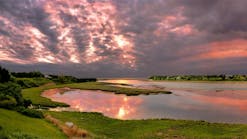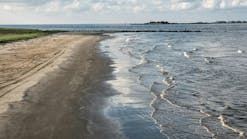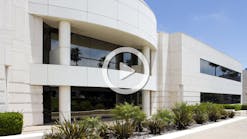The U.S. Environmental Protection Agency (EPA) defines best management practices (BMPs) as strategies which “focus on preventing pollutants from contacting stormwater.”
According to the City of Chesapeake, elements of a maintenance program consider landscaping, upstream conditions, safety, technical expertise and financing. The EPA adds that BMPs treat rain where it falls, addressing three criteria to manage urban stormwater runoff and reduce combined sewer overflows (CSOs): volume, peak discharge and water quality. BMPs aim to prevent, intercept and treat stormwater near the source.
Structural, Vegetative & Managerial BMPs
The Government of Michigan classifies BMPs as either structural, vegetative or managerial. Choosing BMPs means considering “physical site constraints, management goals (flood control and/or water quality improvements) and costs to determine the optimum approach. The physical characteristics of the drainage area make some BMPs more beneficial than others.”
Structural BMPs include: Extended detention ponds, wet ponds/detention ponds, infiltration basins, porous pavement and water quality inlets.
Vegetative BMPs include landscaping practices, such as grassed swales, ditches and filter strips and buffers. Managerial BMPs focus on pollution prevention practices including spill prevention and waste reduction practices.
Benefits of BMPs
There are many benefits of using BMPs, according to EPA, which include:
- Promoting the natural movement of water;
- Blending in with the landscape and infrastructure;
- Reducing the amount of pollutants entering the water collection system; And
- Improving water quality and the water treatment process at water treatment plants.
Alliance for the Chesapeake Bay adds that without BMPs, pollutants, contaminants or unstable nutrient may enter streams, rivers or other water sources, ultimately threatening the health of humans, wildlife and stream ecosystems. Additionally, “stormwater BMPs also aim to restore water flow regimes to their natural state.”
Who Maintains BMPs?
According to the city of Chesapeake, “BMPs can be owned by counties, watershed districts, local governments, homeowner associations or the private sector.”
Local ordinances are primarily used to control the operation of stormwater systems, however.






